Keces Audio Ebravo Essential Streamer – The Digital Transport Actually Makes A Difference
Keces Audio Ebravo is a $599 USD Streamer / Digital Transport designed to improve the audio performance of high-end audiophile enthusiast systems and equipment. Today we will take a listen and see if it brings any changes to the setups we’ll be implementing it in, including high-end systems where we already have a very good performance, and what it actually sounds like. As we did review quite a few streamers in the past, we will also compare the Ebravo Streamer to Matrix Mini-i Pro 4 (959 USD), Magna Hifi Mano Ultra MKII (1200 USD), and Soundaware A1x PRO (700 USD).
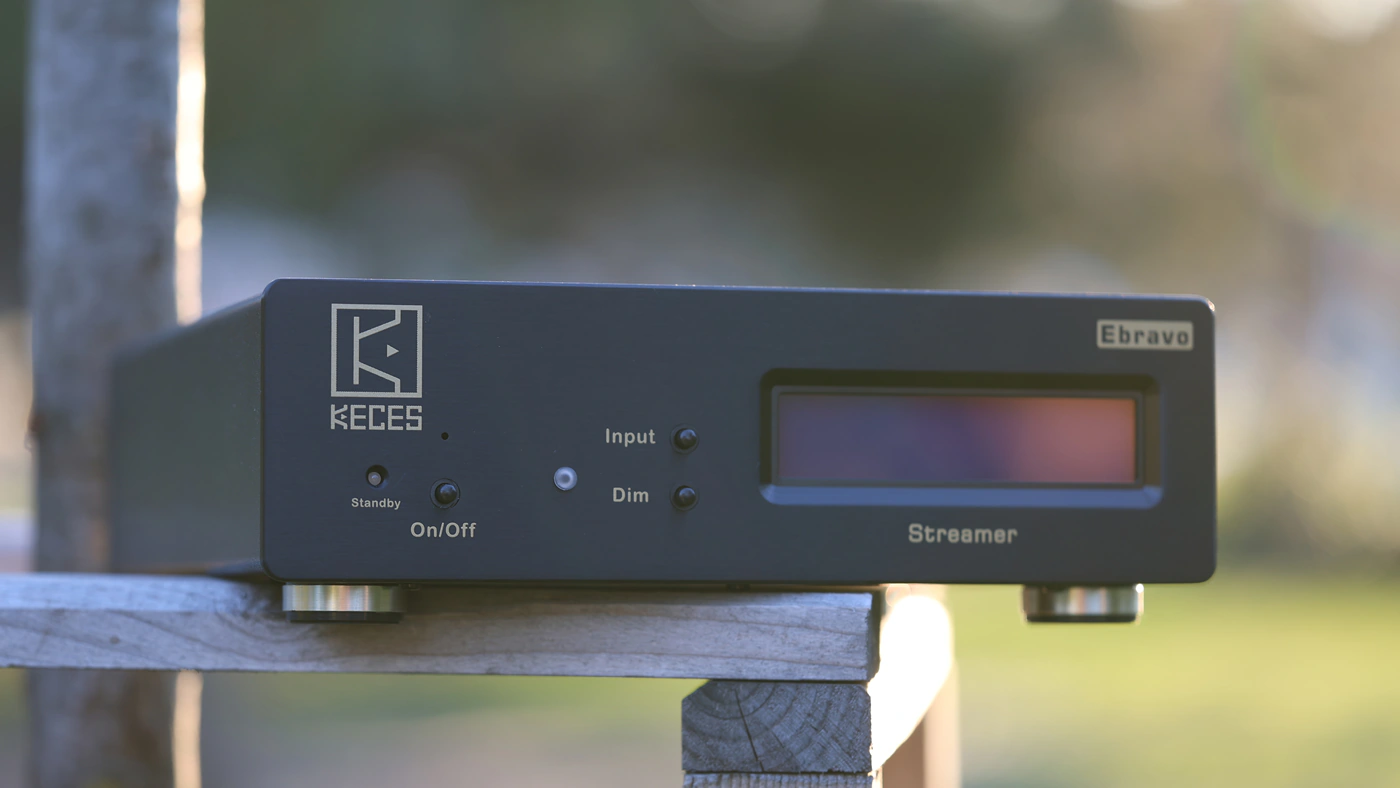
Introduction
Keces Audio is the high-end audiophile equipment producer from Taiwan all of us fell in love with since the release of the mighty S300+ speaker amplifier which still lives in my system as the main audio power backbone for my speakers. Keces generally has high-end build quality for their products, including sturdy chassis, good EMI protection, and strong reliability for their products. As an Amazon Influencer, I earn from qualifying purchases, and using the purchase links in my reviews helps me maintain this website and Youtube Channel. Keces Audio provided the sample for this review, in exchange for my honest opinion.
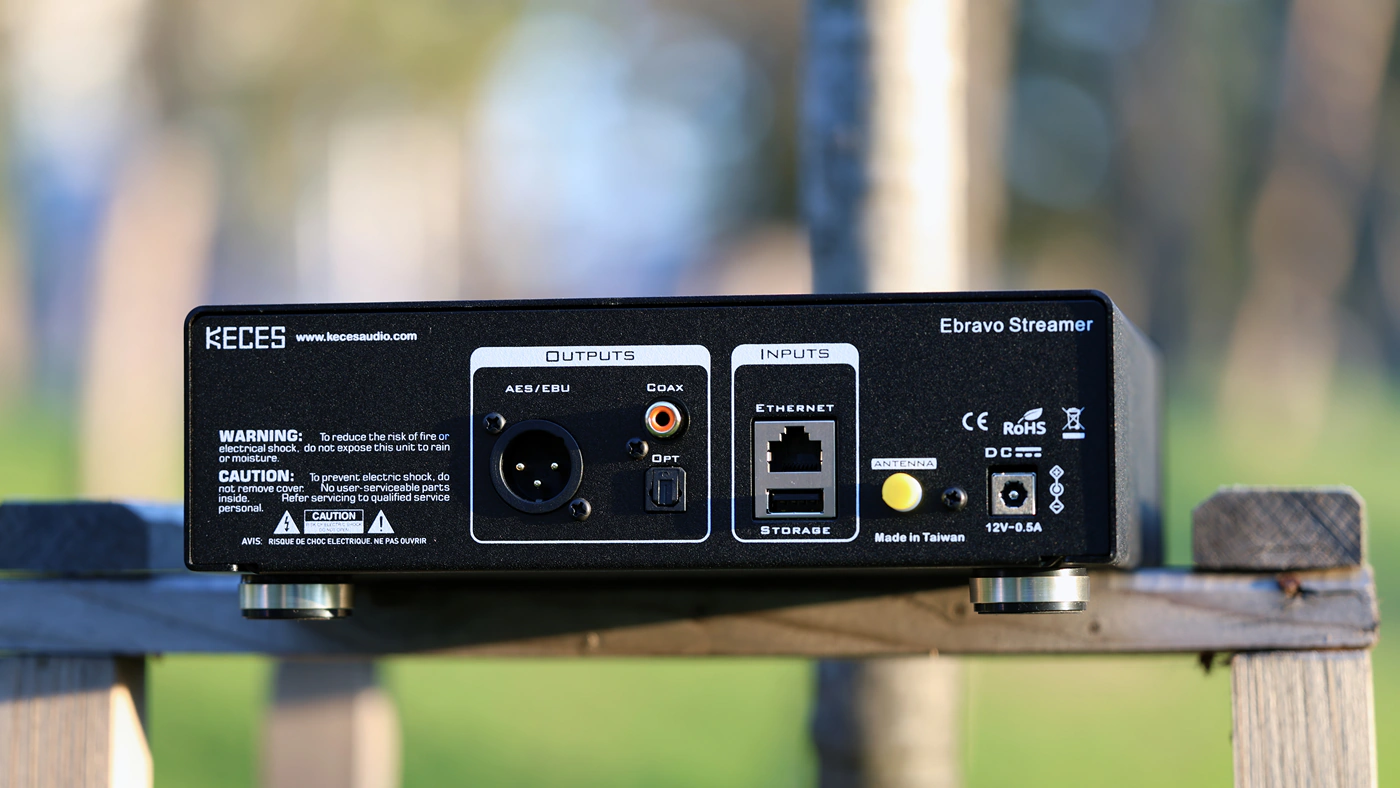
PROs – Superb sound, excellent build quality, No Background Noise, Dynamics and Musicality are top notch, Resolution is plentiful without harshness or fatiguing elements, Brilliant and airy treble, Deep and warm bass, outstanding impact, Multiple outputs, Bluetooth sounds excellent, Ethernet and Wifi signal are strong, No dropouts or problems, Tidal Connect and Spotify Connect both work flawlessly, Very good price for the quality, The unit does not get hot or even warm during usage, Display can be turned off.
Cons – Default Power Supply is quite small and has a short wire, Input switching is done via buttons, No USB output.
Product Link
You can get one here – https://amzn.to/3QeV4r2
Build Quality/Aesthetics
Ebravo is part of the essential live of devices from Keces, and it looks smaller and much easier to use in a home than the mighty S300+. They are still using a thick metallic chassis, and the unit is rather heavy at 1KG, having a vintage display with a blue light at the front, and a total of three buttons. You can turn it on or off, you can dim the display, and you can cycle through the 4 inputs. The list of inputs includes a USB port at the back (for media devices, it does not work as a USB DAC or USB Transport for the computer), Wifi, Ethernet, and Bluetooth input.
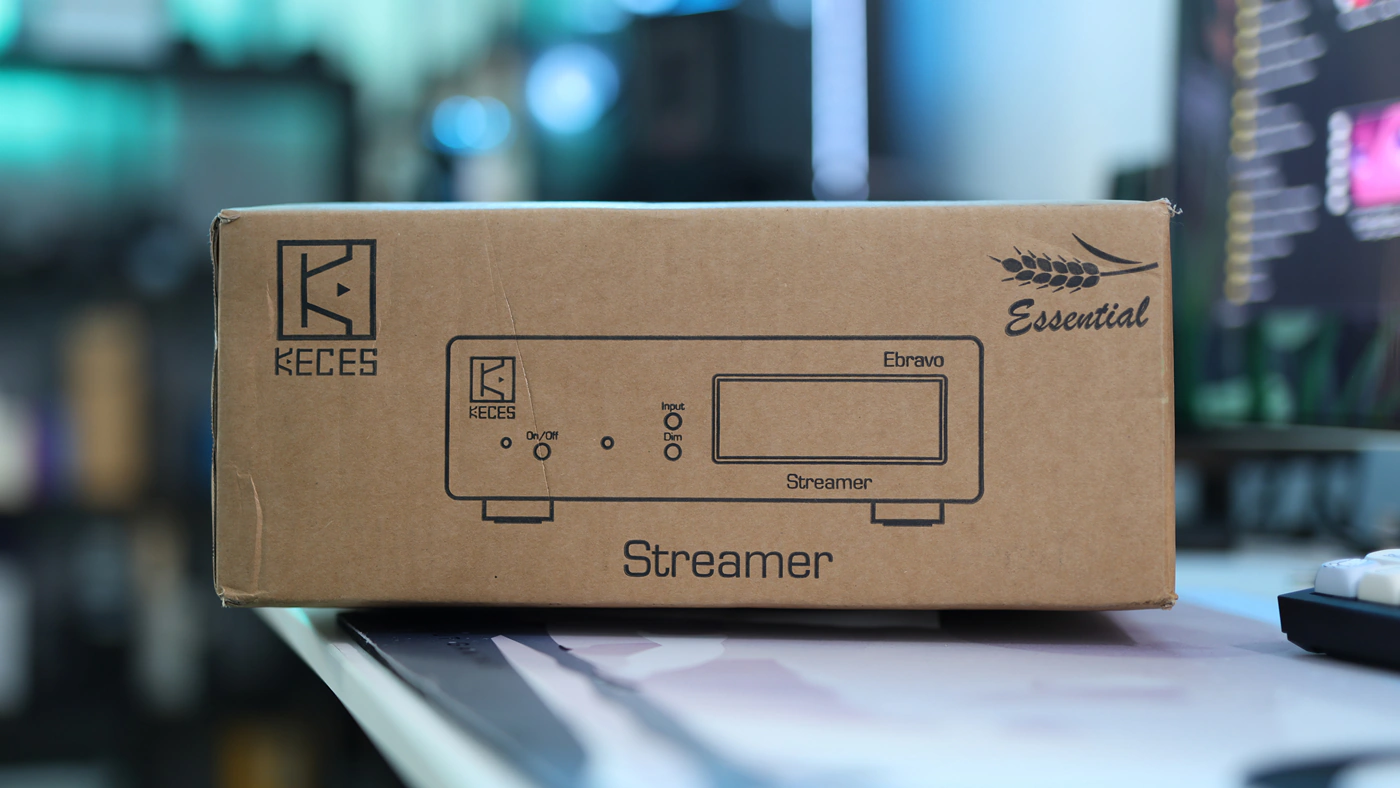
When looking at a streamer, you typically wonder what does it actually do, and whether it is worth the investment, and the whole idea is that a Streamer has a better buffer, better processing and a lower jitter / better clock regeneration, and lower noise than providing the same signal to a DAC/AMP directly. With Ebravo, you can use 99% of DAC/AMPs, as it comes with AES / Ebu, Coaxial and Optical outputs. For Today’s review I paired the Ebravo with the new iBasso D16 Taipan DAC/AMP, Keces S3, Dethonray Listening M1, HIFIMAN EF600, FiiO K9 PRO ESS, and Aune S9C PRO. I have also connected a series of speakers with speaker amplifiers, IEMs and Headphones to the devices above, including Keces S300+ driving a pair of KLH Model Five and Buchardt S400, also IEMs like IE900 and Campfire Bonneville or Spirit Torino Twin Pulse Beryllium driven from iBasso D16 Taipan. With Keces S3, I have paired HIFIMAN Arya Organic and Sennheier HD660S2, while with EF600 I went for HIFIMAN’s He1000SE and Audeze LCD-5. Using a wide selection of setups allows me to test for background noise, control, dynamics and to isolate the general tuning and signature of the Ebravo.
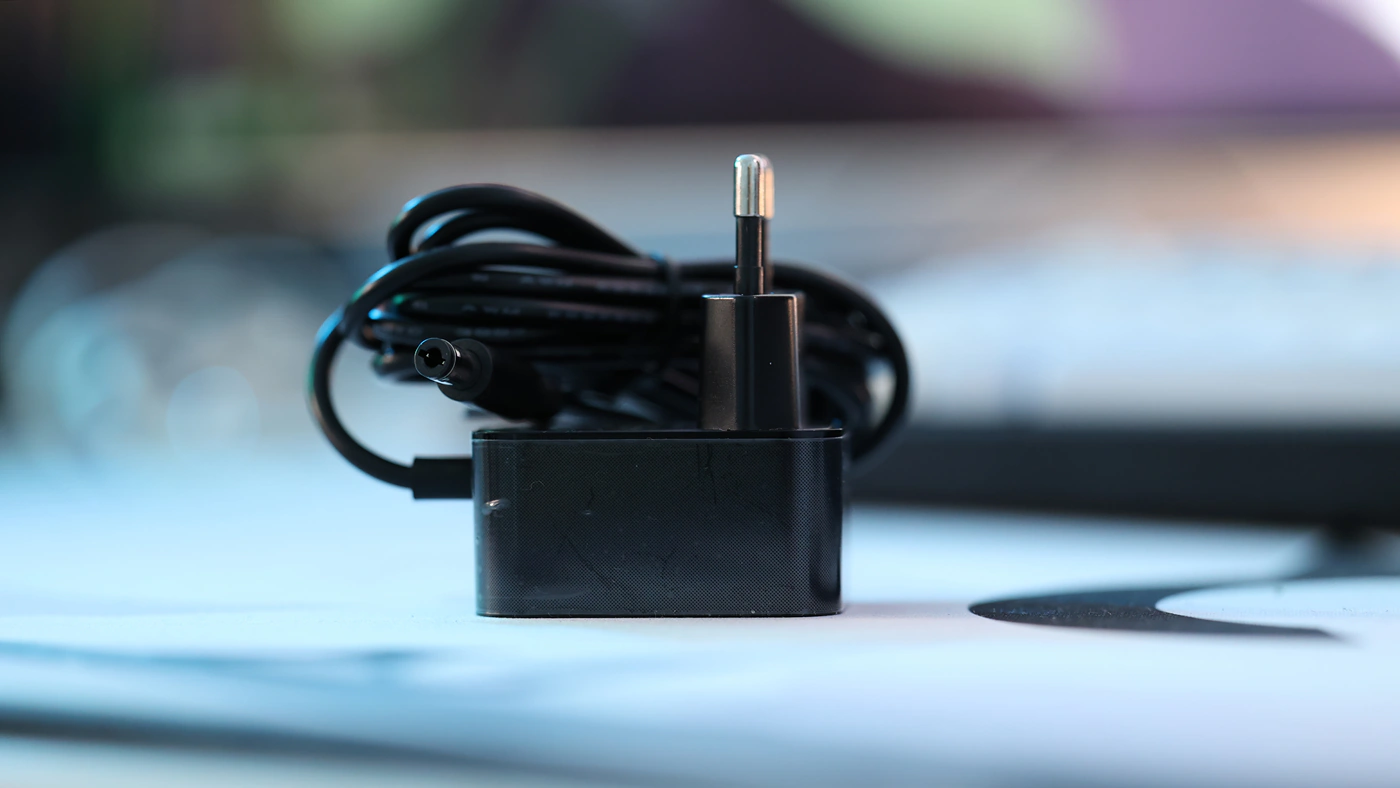
Keces Ebravo works flawlessly with all of the DAC/AMPs I paired it with, over all the connectors, but I tend to prefer the Coaxial connector due to its good sonic performance, and clean connector. Optical connections are generally lower in noise, but the cables are more fragile, so I try to stick with Coaxial when there is no noise. Ebravo is excellent at isolating the user from any noise, to the point where I can safely leave the smartphone I am using as a remote standing on the streamer, without it ever introducing any noise. At the bottom the unit has thick feet, which help create some space beneath it, but it stays fairly cool so there’s no need to take extra care.
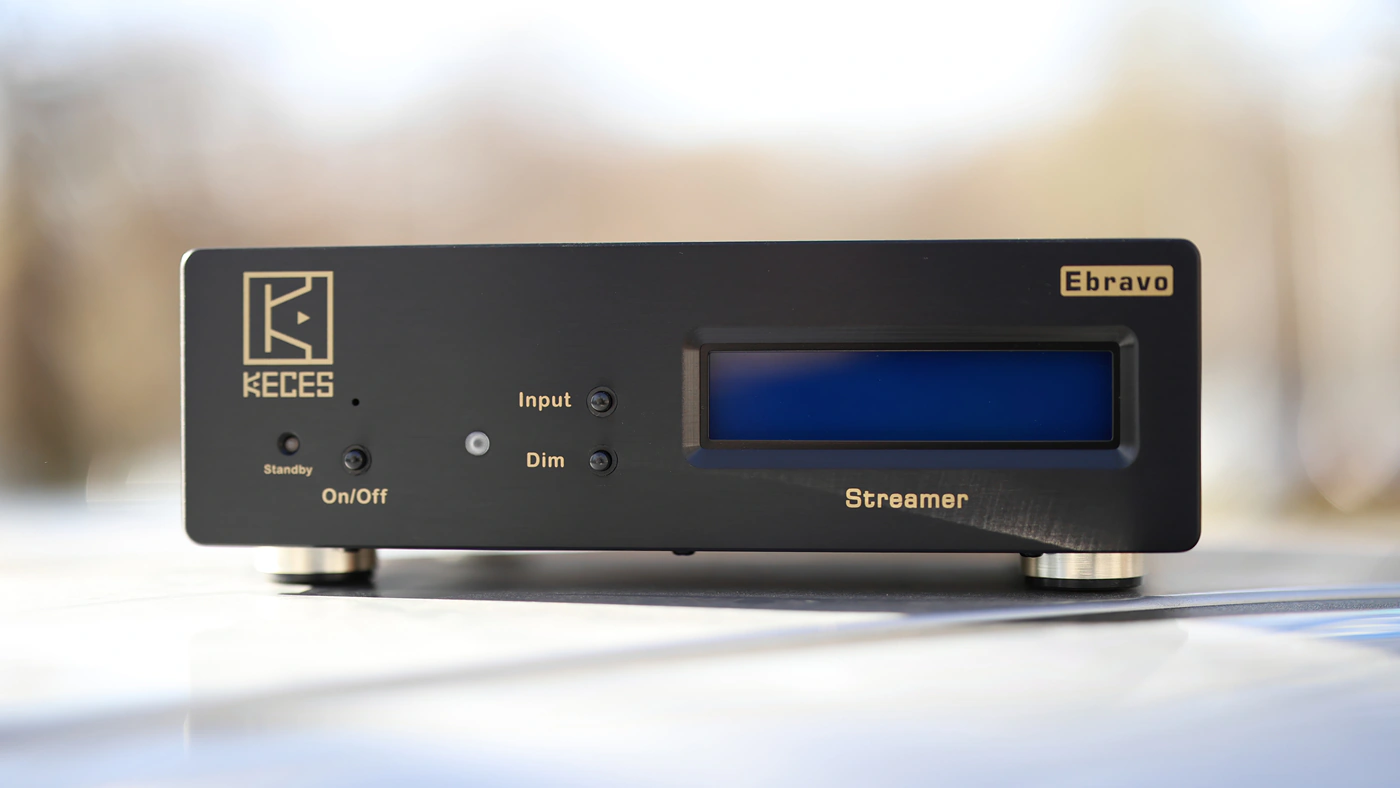
The data rate can be as high as 192kHz / 24 Bit, and this is neat because I can stream music from Tidal at the highest available rates without worrying about losing any information on the road. There’s a Galvanic isolation input to output, so you can expect zero noise with both the Coaxial and the Optical outputs. The Ebravo unit weights 1 Kg, and it has Spotify, Deezer Tunein, Tidal and Quobuz support in the app, but it also has native Spotify Connect and Tidal Connect, plus DLNA, as long as you’re connected with Tidal in the same network as it, it will be visible. The Digital output is Bit-Perfect.
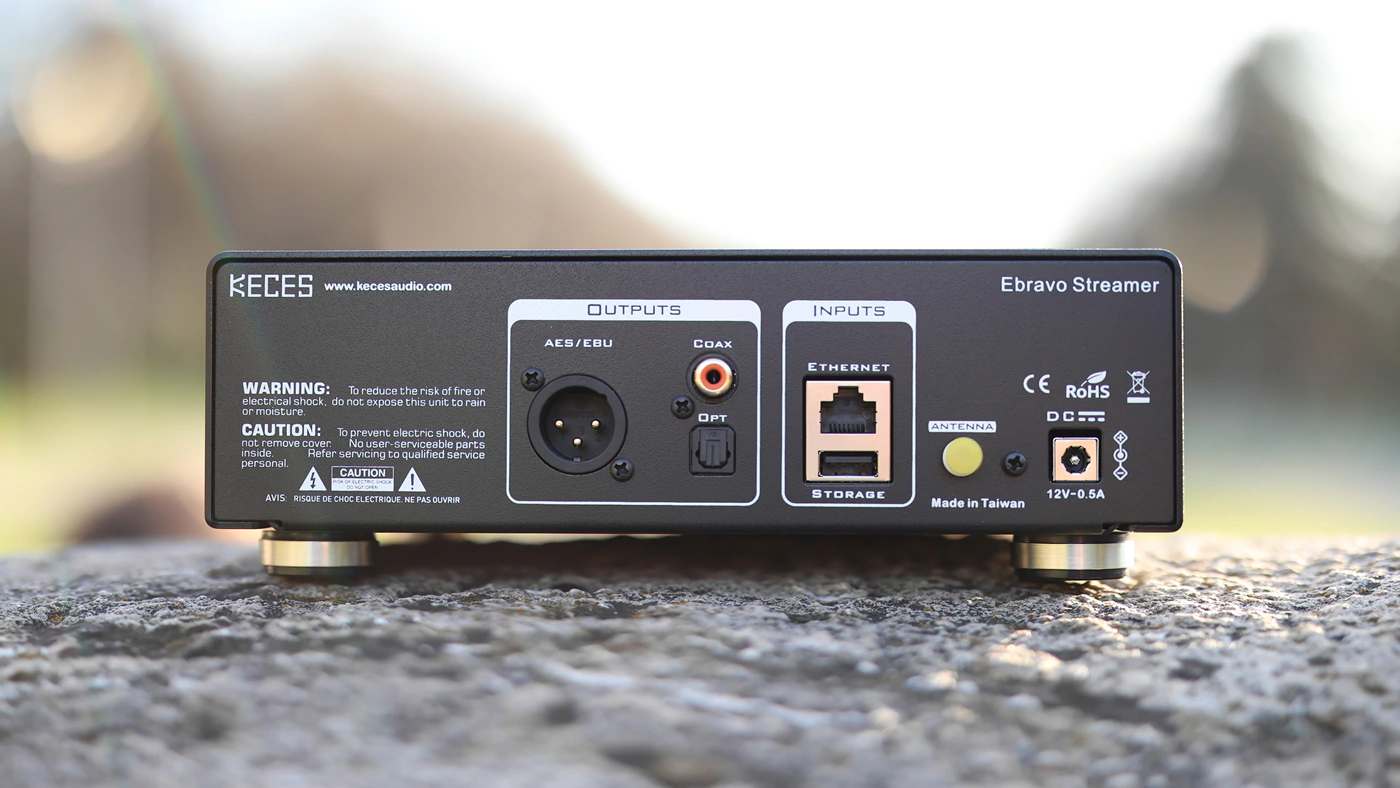
The power input is handled by a DC Jack 2.5 / 5.5mm with 12V / 1A for the power. The default power brick seems to not work well in my outlets, having a cable which is a bit short, so I stole the power converter from my LED strip to power the Ebravo, and the one I am using has a power of 12 V / 6A, and it works well. Keces does design a special Linear Power Supply for Ebravo if you’re looking for an improved sound, but we will likely test it in the future.
Software
There are two components in the software side of Ebravo, and those are the internal software which is rock solid, and which allows both Tidal and Spotify to see it instantly, and it works flawlessly, but also the smartphone streaming app, which is the 4Stream app. This smartphone app has received mixed reviews from users, as it tends to sometimes not work properly, but I encountered no issues with it. Rather, I connected to Ebravo from my smartphone, connected an Ethernet cable to it, then connected to that network with the smartphone. From there on, I relied mostly on Tidal Connect and Spotify connect to use Ebravo. In this way, I don’t really touch the 4Stream app too much, but everything works perfectly.
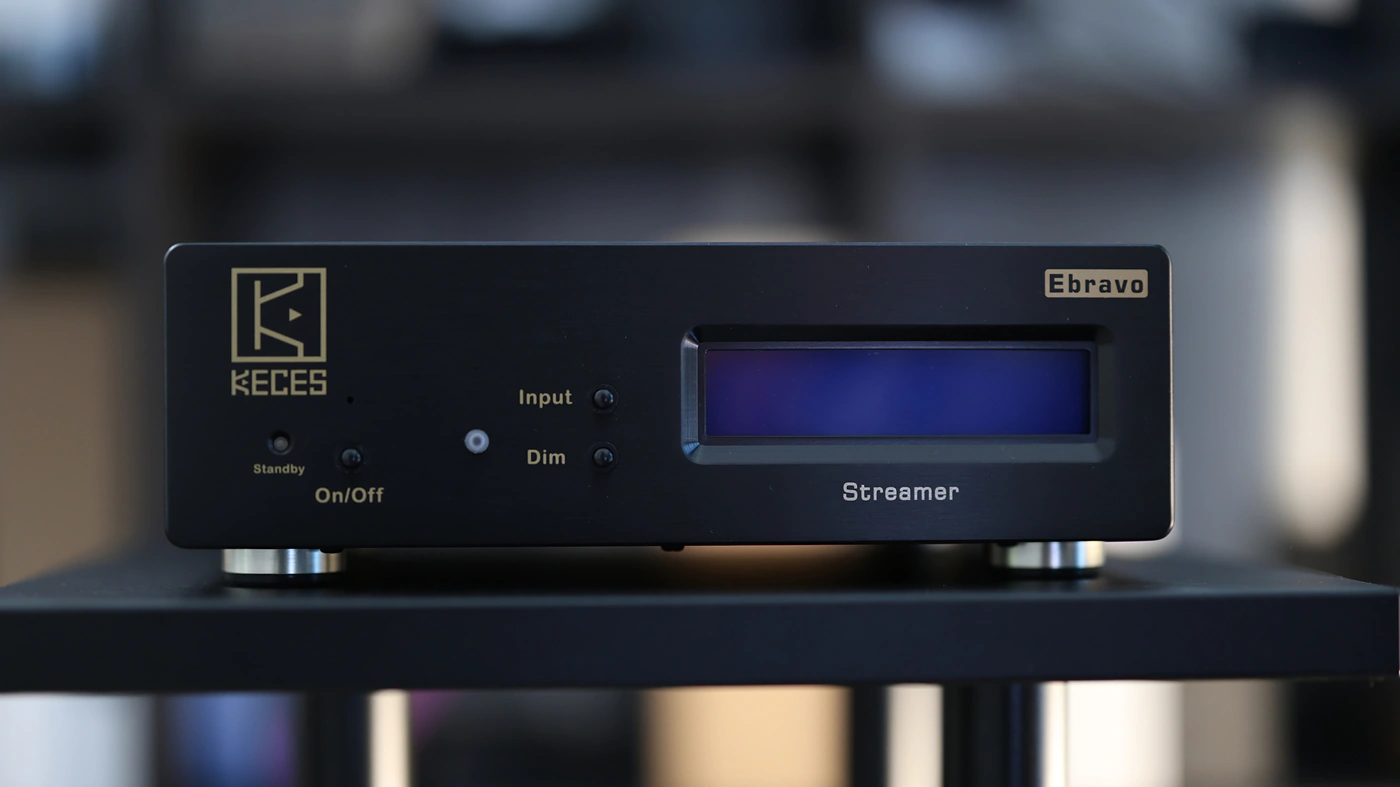
Although the chase with most DACs is for the highest data streaming rate possible, most files won’t ever be able to fill that bandwidth, so I wouldn’t worry about the limitation of 24 Bit / 192 kHz, you’re really unlikely to have files at a higher bit rate coming from any streaming service, and as I work in the music industry, I personally wouldn’t bother the listener with anything above this level either, it simply isn’t worth the trouble. In fact, most music available on Tidal is 16 bit / 44.1 kHz. The Bluetooth part of the Ebravo is the most surprising part, it basically sounds amazing over Bluetooth too, the connection is strong and reliable, it has almost the same quality as if you were listening over the Ethernet connection, and there is very little loss of data. I am not entirely sure how Keces is doing it, as my smartphone is not even indicating LDAC nor aptX, but you should take advantage of having the convenience of a high-end Bluetooth input rather than stress about it and its quality.
Sound Quality
Overall Signature – Just today I was also working on my written review exploring the HIFI Walker H2 Touch PRO, a DAP that has a buggy firmware, but super nice sound, which could be attributed to multiple factors, but more than anything, they use a special software which is not the standard Android firmware that most companies are using. I am seeing a pattern with Ebravo, and especially since I can quickly switch between my Windows PC and Ebravo, I can see the changes in sound happening live, as Ebravo has a really emotional, deep and clean sound, allowing music to travel more laterally and in width, to have a deeper push for background instruments, all while preserving more emotion and punch in voices, both male and female. As my Tidal playlist is public, you can see what I’ve been testing the Ebravo with, but to my ears, the overall tuning goes for the most emotional, softest transient response, while keeping the strongest punch in the bass possible. Ebravo is quite excellent at separating the foreground layer from the background layer of instruments.
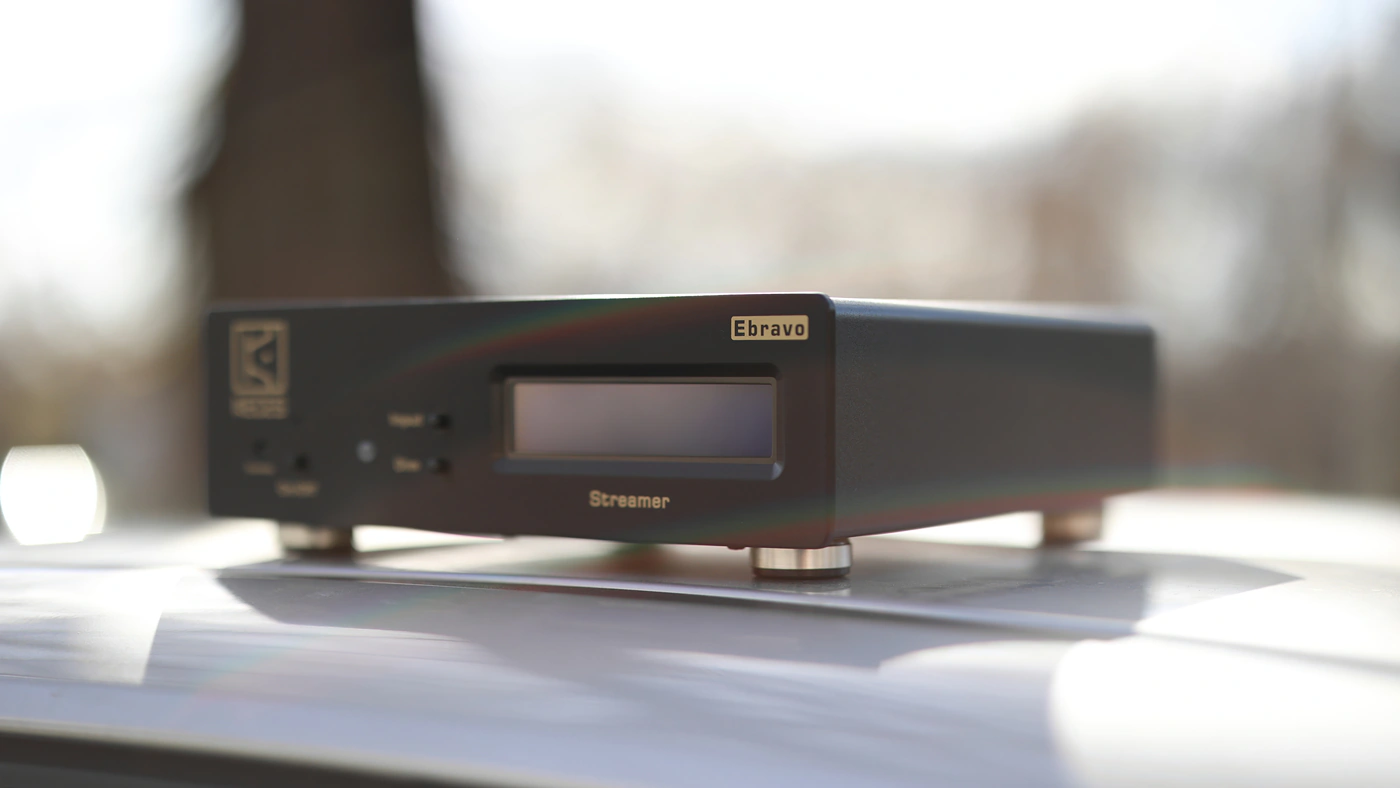
Bass – There’s a good sense of space and depth to the bass, and Ebravo has one of those Wide sounding bass where it creates a space-filling bass that fills in the whole stage with a punchy warmth and gives both presence and outline to all instruments. There’s a very good sense of resolution and perception of depth is strong, creating the foundation for an engaging and otherwise satisfying presentation. The difference between using my computer directly and using Ebravo as a transport is quite visibly a more fluid bass with less dryness, more space and depth, a higher amount of bass, or at least better contrast between the bass and the midrange, more separation between bass notes and bass guitars and voices. The drum presentation is pushed slightly in the back, bass guitars pushed slightly more upfront, and all songs gets more engaging instantly when using Ebravo compared to using just my computer. As pure volume matching is possible along with quick switching, I can pin down more easily exactly what changes with Ebravo than I can when reviewing two amplifiers, or two DACs.
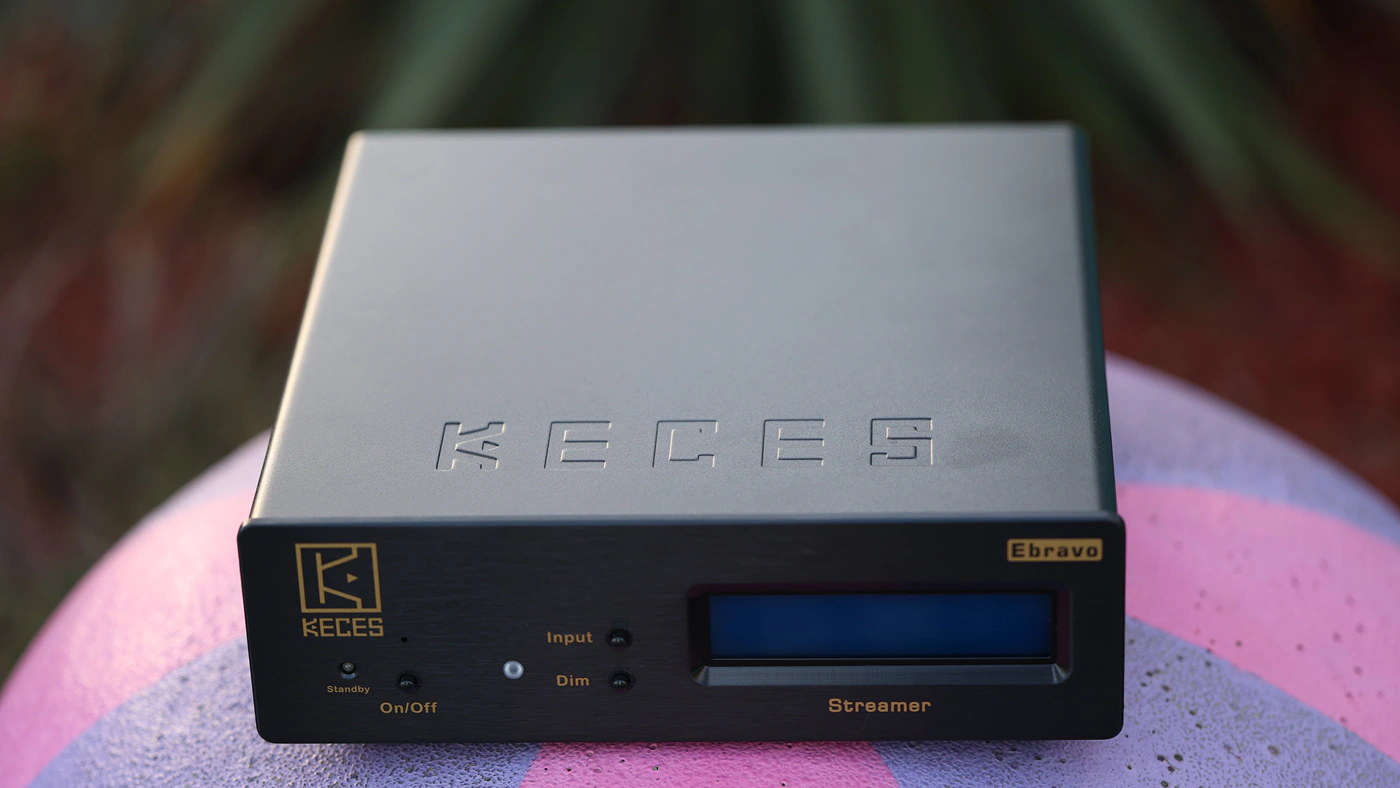
Midrange – I would say that the biggest changes happen in the midrange, where Ebravo sounds well defined, full and has a softer transient response, combined with a much higher degree of dynamic contrast. Tidal is a strong source of music to start with, and Ebravo somehow interprets the files as more engaging, more colorful and fuller sounding than my computer, allowing for more space between the singer and the instruments, guitars are more defined, and special effects / synths in the background stand out more, becoming much easier to notice and to listen to. There’s a strong sense of contrast and Ebravo improves the revealing ability of all DACs I paired it with, despite softening the transient response slightly and making even hard textures easier to enjoy. Male voices are more splashy and forward, have more body and a more natural timbre, while female voices sound sweeter and more defined when using Ebravo.
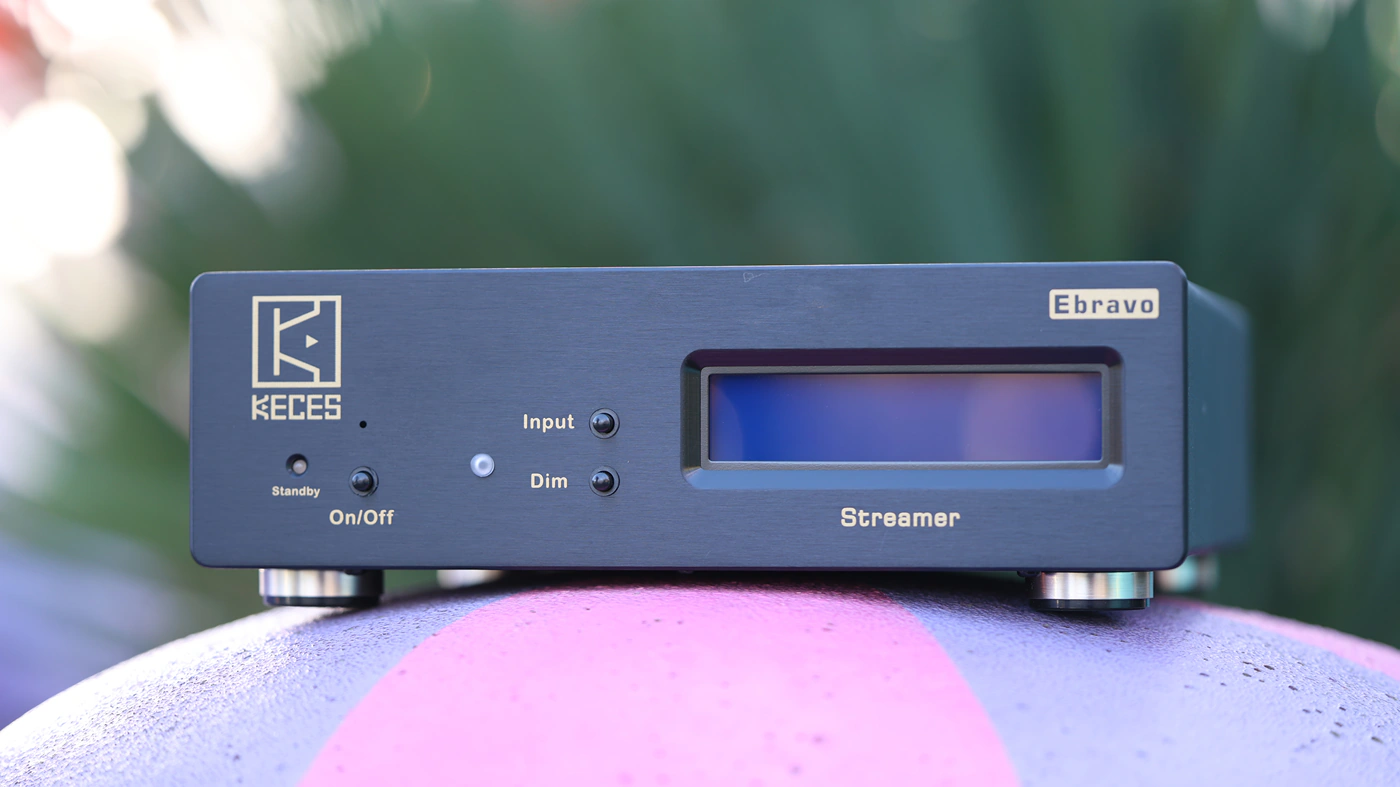
Dynamics / PRaT / Textures – Ebravo sounds softer in the textures than my computer, and this is a big part where that Digital Glare could come from, most people hear an album played on a computer, and with enough prior experience they know how that would sound like on a high-end system. Ebravo as a streamer gives a softer texture, higher dynamic range, and improved impact. This includes a slightly longer attack, with a slightly longer decay, and longer decay too. The presentation it has brings music to life nicely, gives richness to guitars, body to pianos, and impact to the overall song.
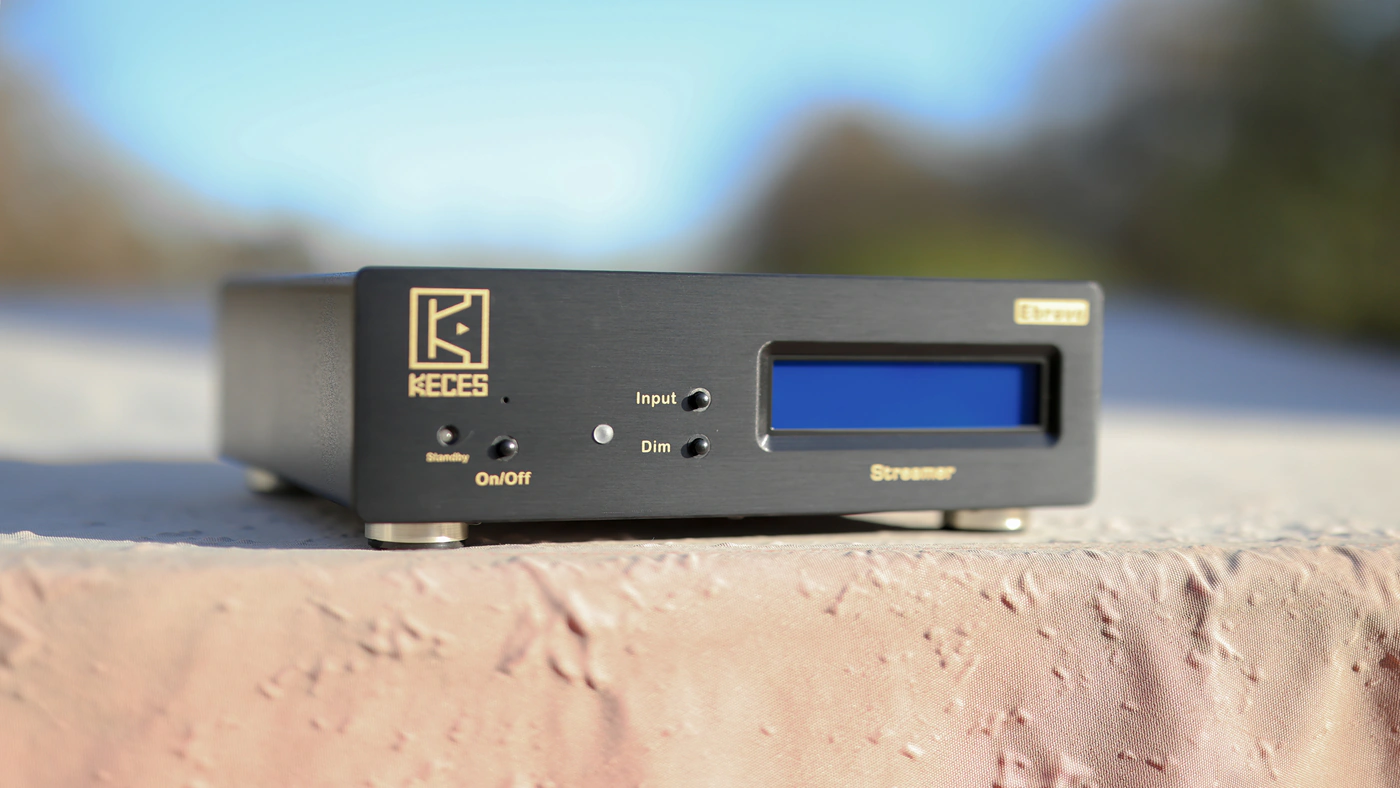
Soundstage – I noticed the biggest changes in how instruments are arranged in the stage with Ebravo, at least compared to what I’m hearing from my computer, and the data seems to transcribe quite differently, when it comes to which instruments play in the foreground, which are in the background, and what’s the focus on. On my PC I hear what I typically consider a standard presentation, with the voices at the foreground, guitars right behind, drums in the back and bass guitars typically barely present, filling in the void between the other instruments. Ebravo seems to always bring the bass guitars in the front and to turn them louder, to give voices a second place, allowing for some space to breathe for both male and female artists. The guitars are pushed to the lateral extremes of the soundstage, while drums are playing like a cover in all the extremities of the soundstage.
Volume Control – The volume control is perfect top to bottom, and there is no change in resolution, clarity or detail with the volume.
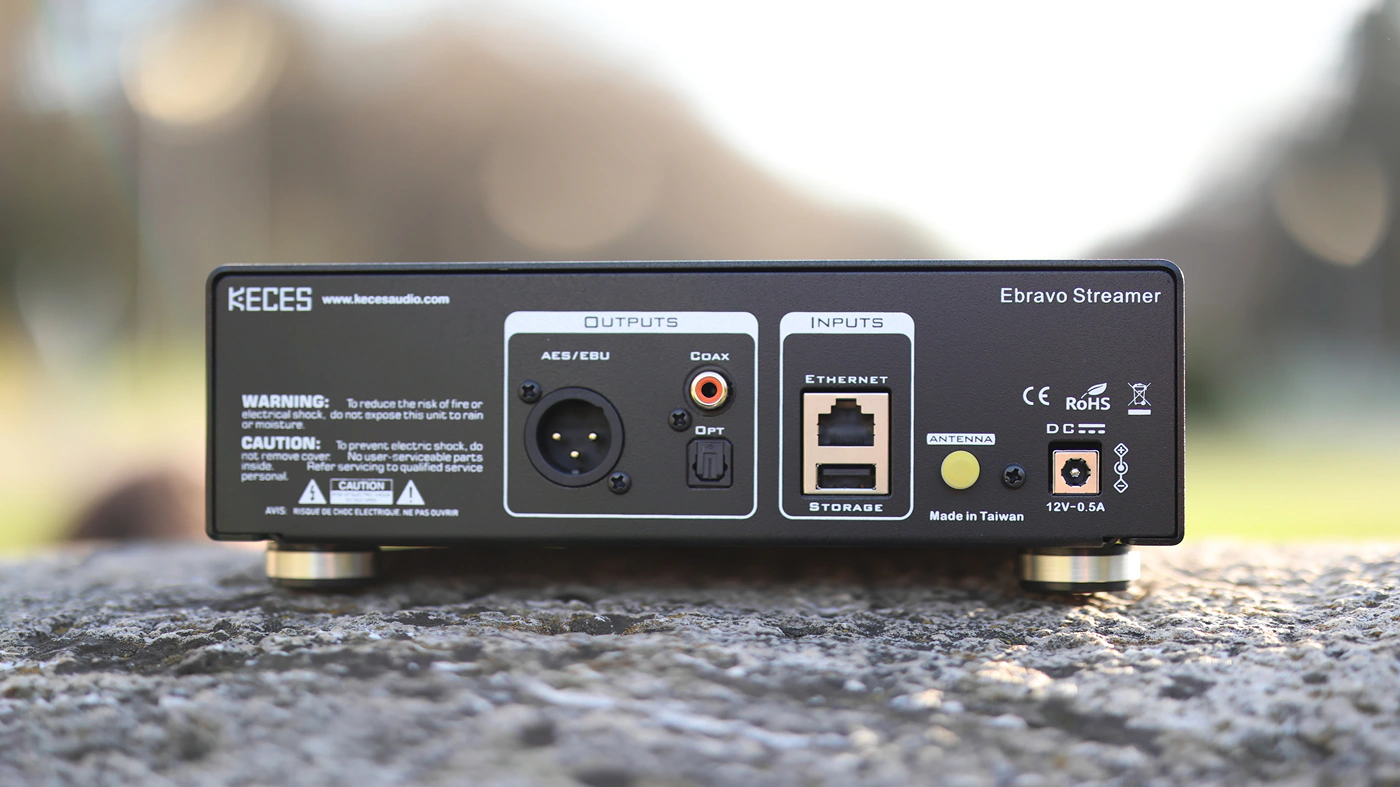
Treble – Despite me making a big point of how the transient response is slightly softer when using the Ebravo, it feels as if the treble is not any more rolled off, and instead it has a full and airy treble with strong body and presence, allowing cymbals to have width and splash to them, so bands like System Of A Dawn sound as if the songs are played right in front of you, rather than through a recording in a relaxed system. Everything played through the Ebravo is engaging, colorful and dynamic, the level of resolution and punch it has is insane and generally shows just how much more there is in Digital Music if rendered correctly. I personally have been a pretty big denier of streamers and their effect on music for ages now, but Ebravo actually convinced me that when done really well, it can actually sound better than if the computer is feeding the same data to it.
Comparisons
Keces Audio Ebravo vs Matrix Mini-i PRO 4 (599 USD vs 959 USD)
Build – The design of the Matrix Mini-i PRO 4 is the only one which looks a bit more elegant than Ebravo in today’s list of comparison, and Matrix also comes with headphone outputs, for a higher price, adding Type-C input, and Coaxial / Optical input rather than output. In ever sense possible, Matrix Mini-i PRO 4 is a streamer as much as it needs a streamer if you want to use the Coax and Optical inputs, rather it is a DAc/AMP with an ethernet input, and with a Balanced XLR / RCA output. Using streaming services is easier with Ebravo, if you’re using Tidal and Spotify, but Matrix Mini-i PRO 4 is Roon Ready, if you’re typically using Roon. I have been able to test the Matrix Mini-i PRO 4 directly as a DAC/AMP from the computer, via the ethernet, or using the Ebravo as the streamer to it, to check whether Ebravo adds anything to the sound and if Mini-i PRO 4 would sound better as a standalone streamer, or if the streaming part is added for convenience.
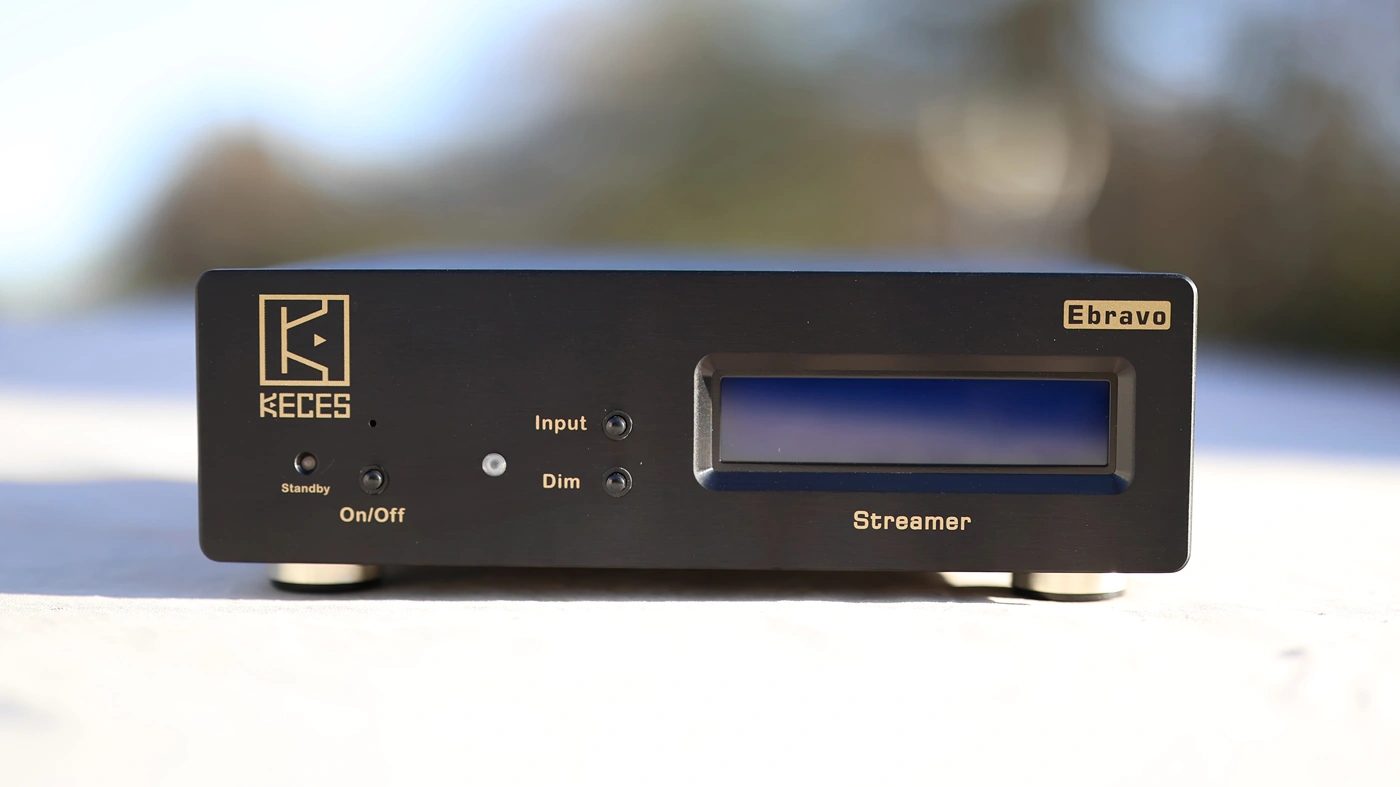
Sound – It comes as no surprise, but Ebravo seems to improve the sound quite drastically, making the soundstage wider and more holographic, bringing forward the bass guitars, pulling the voices slightly behind, and giving more air to breathe for instruments, making the whole sound more engaging and dynamic. Overall, there is a difference, and Ebravo is simply a more organic and richer sounding source, although the technical resolution is fairly similar, the way Ebravo transmits information gives better definition of instruments and separation between them.
Keces Audio Ebravo vs Soundaware A1x PRO (599 USD vs 700 USD)
Build – There’s far more outputs on the Soundaware A1X PRO, as it has Headphone outputs, and a DAC Analog output at the back via RCA jacks, but the digital output of the Ebravo is better, as it has the added AES / Ebu above the optical and coaxial outputs of the A1X PRO. The A1X PRO has USB audio input, which can be quite useful, but the Bluetooth quality is better on the Ebravo, and the Ethernet is about equal in reliability. The software Tidal Connect works better on the Ebravo, but the power delivery has a standard Cattle Plug on the A1x PRO while it has a shorter adapter for the Ebravo. A1X PRO has a display and it can be used as a standalone media center, while Ebravo needs a phone or computer to work.
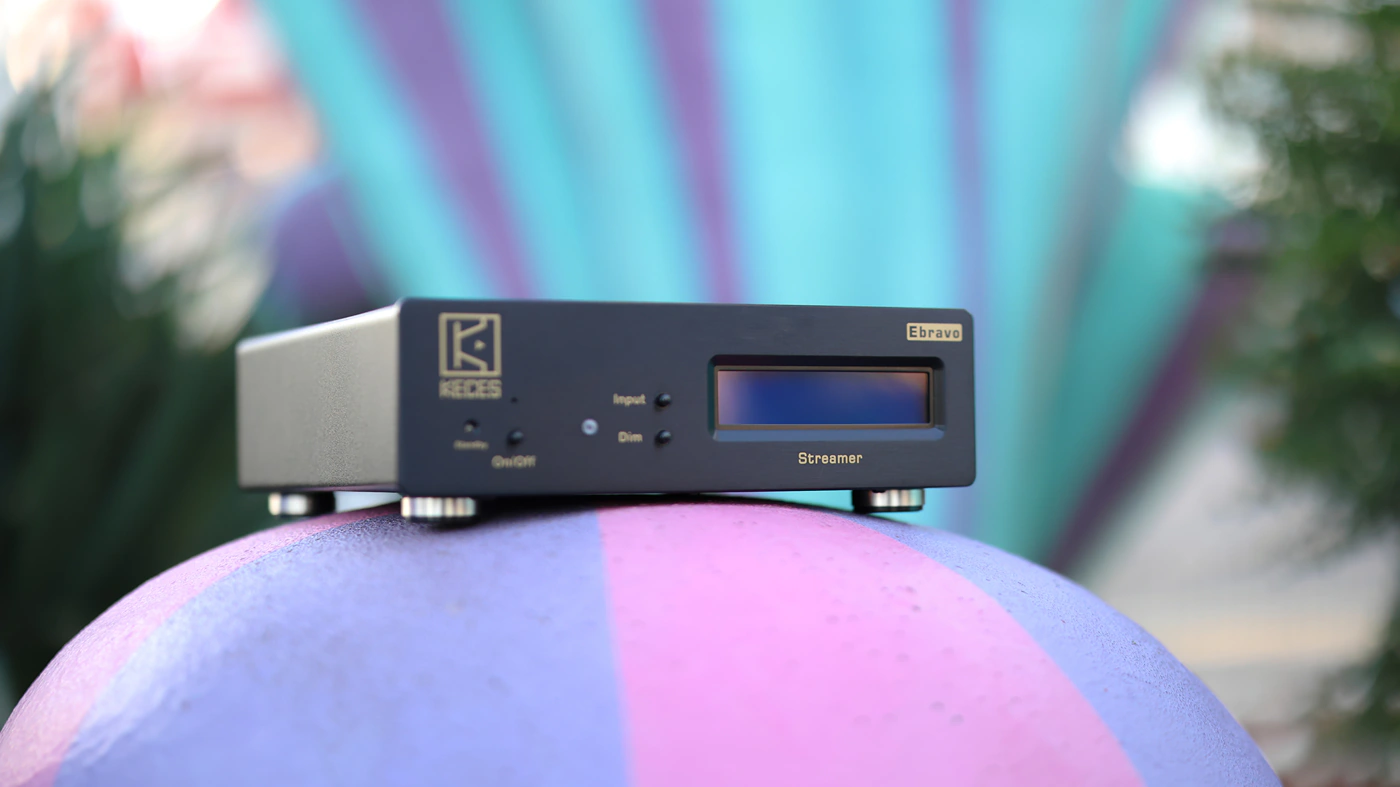
Sound – In terms of sonics, Ebravo sounds more musical, more detailed and has better resolution over both the Coaxial and the Optical outputs, it can provide an external DAC with a cleaner signal and more richness in the bass, plus a more brilliant treble. It feels like A1X PRO sounds very similar in performance to what I am getting from my computer, while Ebravo has a much more interesting sound, more unique and colorful signature and tuning. The biggest difference is in the dynamics, where Ebravo tends to emphasize the dynamic range and the contrast between instruments, while A1x pro tends to compress the dynamics slightly. The software part is also more solid on the Ebravo which works flawlessly via Tidal connect, while A1x PRO’s software is slower and less versatile.
Keces Audio Ebravo vs Magna HIFI Mano Ultra MKII (599 USD vs 1200 USD)
Build – The build quality of both is great, and both look nice, although Ebravo has a display, which makes it easier to understand what is happening. There are more outputs on the Ebravo and it is easier to set up, although the internal power supply on the Mano Ultra MKII makes it a bit easier to set with longer power wires. The super good wifi on the Ebravo is a bonus, and so is the high quality Bluetooth sound, and the flaps / cooling metallic wings on the Mano Ultra MK2 just make it uncanny to look at, considering that both devices stay cool during usage. The software on Mano Ultra MKII allows for a bit more usability, but if you’ll be using Tidal for both they are equal.
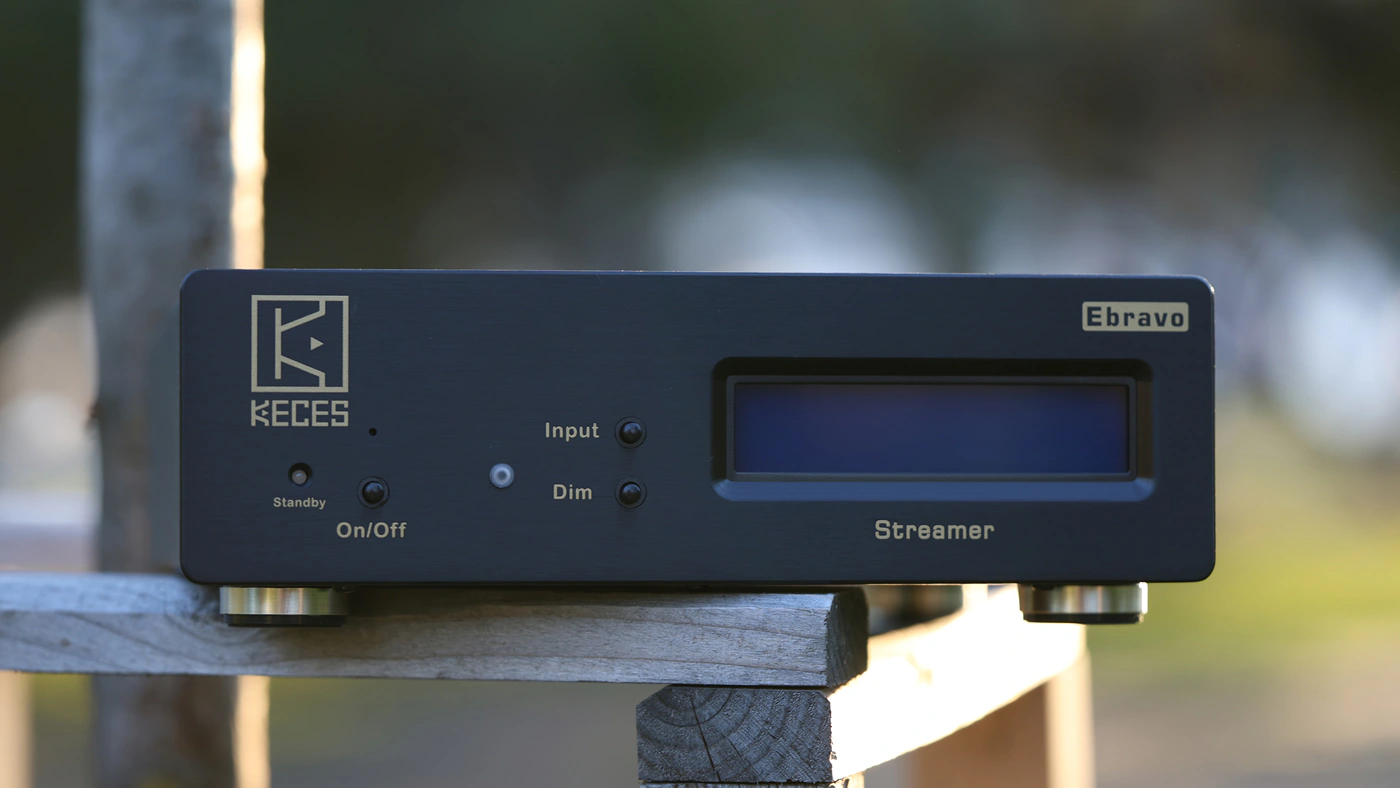
Sound – Sonically, the Mano Ultra MKII sounds more neutral and clinical, it can draw in a bit more resolution from the materials played through it, but the sound is not quite as full, warm and as fun as the sound of Ebravo, which sounds more musical, dynamic, more impactful and with more contrast between instruments. Basically, Mano sounds closer to what I am getting from my computer via the USB output, while Ebravo has a unique sound of its own, Ebravo doesn’t just add usability and connectivity to the setup, it improves the sonics quite drastically with all the DAC/AMps I paired it with, while Mano Ultra MKii adds the streaming options, but sounds quite similar to what you’d get from a computer source.
Value and Conclusion
I didn’t think I would end the review on this note, but Ebravo is actually a good value product, and although it is a digital transport, the changes it brings to music, the effect it has on my audio and just how enjoyable it makes every song played through it are the reasons you’d invest in it, and why you’d really want a Streamer to begin with. I personally don’t find it more convenient than using my computer to stream music, but as it improves my music and my listening experience sonically, I find myself drawn to using it more and more, and on this note also using my smartphone as the Tidal control remote as they have a good mobile interface.
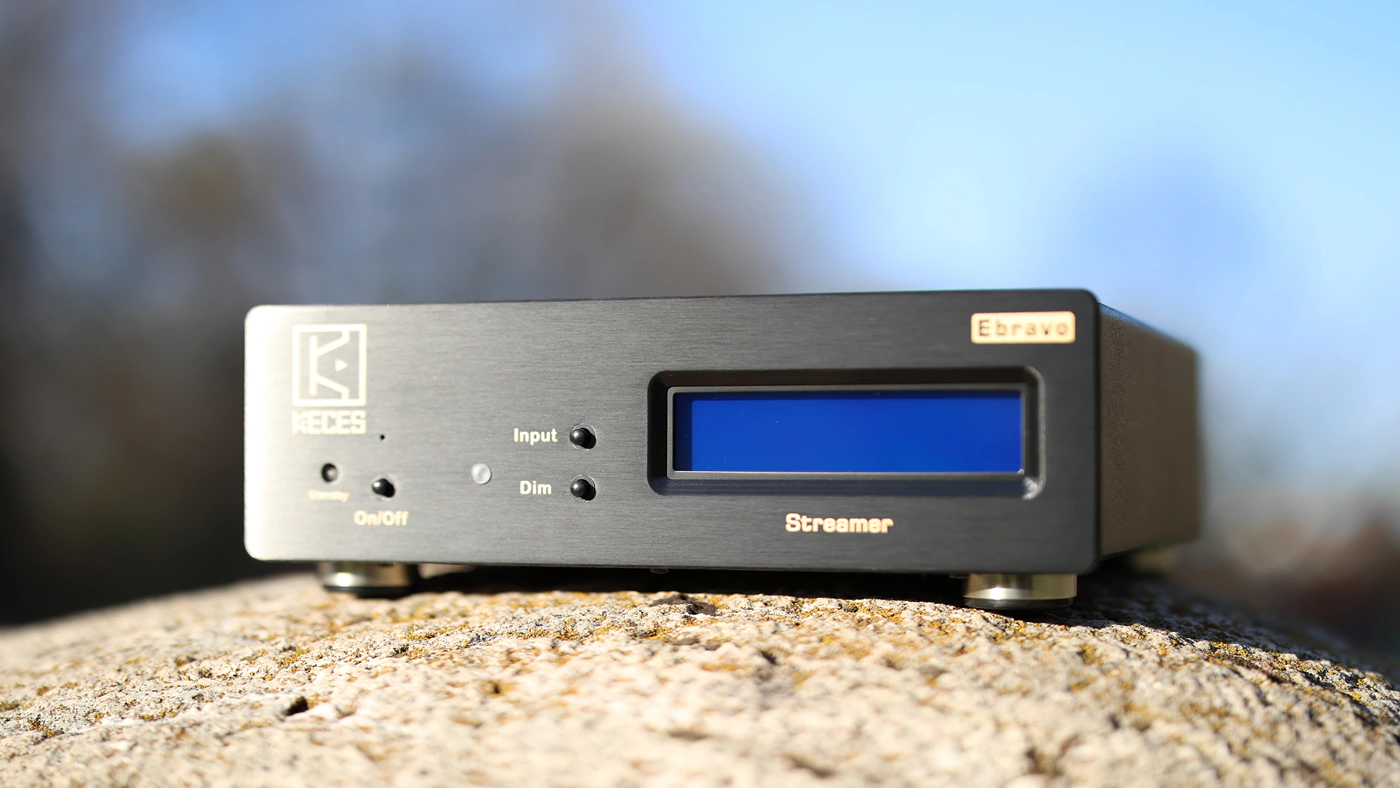
Before the end of today’s review I feel Keces Ebravo deserves a spot in the Audiophile-Heaven Hall Of Fame for its exceptional sonic performance, outstanding resolution and clarity, and for the kind of superb voicing it gives to all songs played through it, and also for the ease of usage with Tidal connect and Spotify Connect. While it doesn’t do much, it is a proper expert at what it does, and I feel it will totally find a place in the setup of most audiophiles out there.
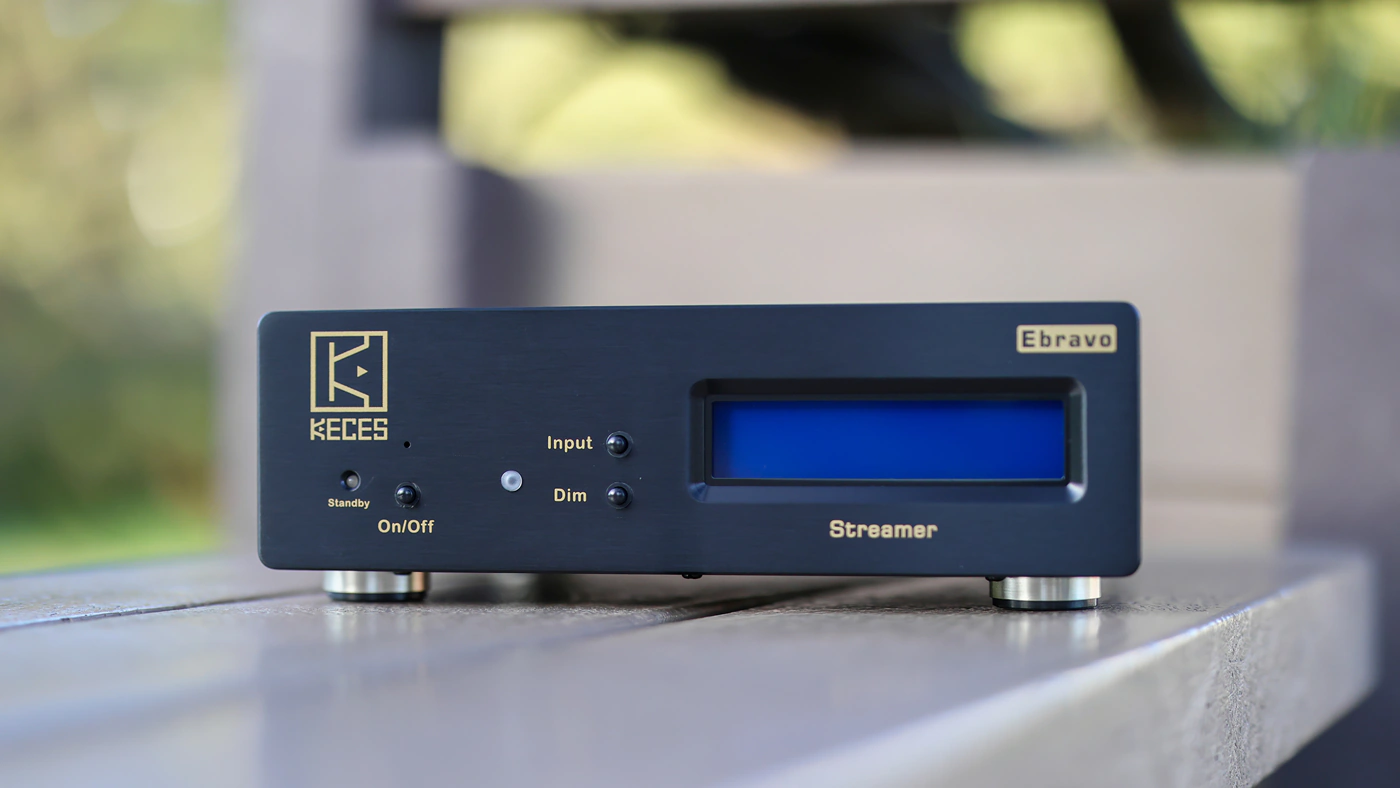
At the end of the day, if you want to give more emotion, better dynamics and just a generally more pleasing sound to your system, Keces Ebravo is a great place to start, especially if you often use tidal and Spotify to listen to music, as it comes with all the inputs, outputs and processing a digital transport needs, being not just adequate but darn perfect for any DAC/AMp that has AES Ebu, Coaxial or Optical inputs (basically all of them).
Product Link
You can get one here – https://amzn.to/3QeV4r2
--- Please remember to stay safe, and always have fun while listening to music!---
- If you have a dime to spare, please donate, and help us! It would make the day brighter for me and my wife-
Full Playlist used for this review
We listened to more songs than those named in this playlist, but those are excellent for identifying a sonic signature. I recommend trying most of the songs from this playlist, especially if you’re searching for new music! The playlists are different for Spotify, Tidal and Youtube, and based on the songs I enjoy and are available on each!
https://www.youtube.com/playlist?list=PL_cjBXGmwSHSdGcwuc_bKbBDGHL4QvYBu
https://open.spotify.com/playlist/5J3oloz8Riy9LxEGenOjQ0?si=979ba4f082414be7
https://tidal.com/browse/playlist/330fd544-8e5b-4839-bd35-676b2edbb3d5
--- Contact Us ---





